By Brian Todd Carey
As Allied bombs rained down from B-17s and B-24s on their own men to open Operation Cobra, a three-star general was visiting the front lines: Commander of Army Ground Forces Lt. Gen. Lesley McNair. He would gain the dubious distinction of being the highest ranking American soldier killed in combat in World War II.
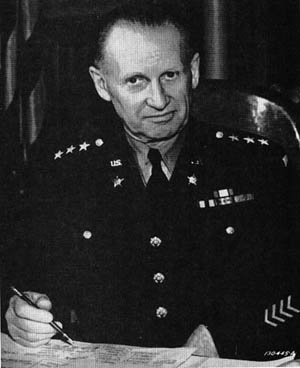
McNair had a long and distinguished career in the Army. In World War I, he served on the staff of the U.S. 1st Division and later in General Headquarters, Allied Expeditionary Force. In the interwar years he commanded the Command and General Staff School. At the outbreak of World War II he commanded the Army Ground Forces, responsible for training the American Army. He established a new and rigorous system under which units experienced conditions close to actual combat. McNair was responsible for the entire cycle: activation, training and evaluation of all new divisions.
As Allied forces began building up in England for the invasion of Europe, McNair was considered for army group command, but he had one setback that was kept secret throughout the war: Leslie McNair was deaf. Instead, he took over command of the fictitious First Army Group, a fake army that Lt. Gen. George S. Patton had been commanding to make the Germans think Allied forces in Normandy were only a diversion to a larger invasion in Pas-de-Calais.
Lesley McNair’s Body was Hurled 80 Feet in the Air
To increase the deception, and to see if his training methods were effective, McNair visited the front, in hopes of being reported on the continent by the German high command. He was visiting the troops of the 30th Infantry Division when the Allies started dropping bombs on the German front. But soon the bombs began falling short and exploding within the American lines. McNair’s body was hurled 80 feet in the air from a slit trench. Medics would not have been able to identify him were it not for the three stars they found on one shoulder.
Although only one of a hundred Americans killed in the attack, McNair was given a funeral in accordance with his rank. The only attendees, however, were Lt. Gen. Omar Bradley, the First Army commander, Lt. Gen. Courtney Hodges, who would soon take over First Army, Maj. Gen. Elwood Quesada, IX Tactical Air commander, Maj. Gen. Ralph Royce, XII Tactical Air commander, McNair’s aide-de-camp and Patton. No band played and no shots were fired in salute. His death was kept secret to fool the Germans. Patton recorded in his diary that night a simple epitaph: “He was a great friend.” (Get the full story on the leaders and commanders who shaped the Second World War by subscribing to WWII History magazine.)
Originally Published October 29, 2015
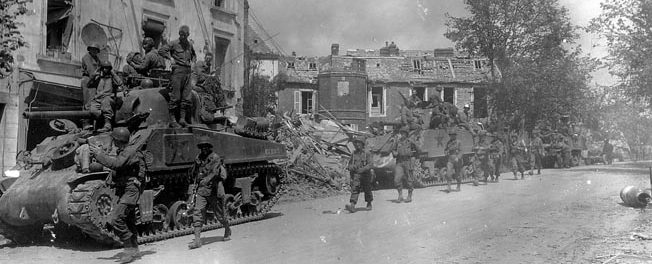
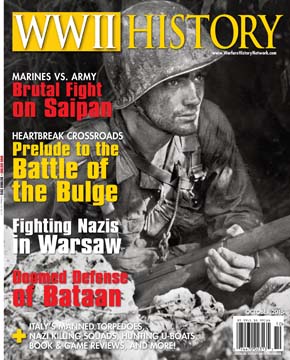
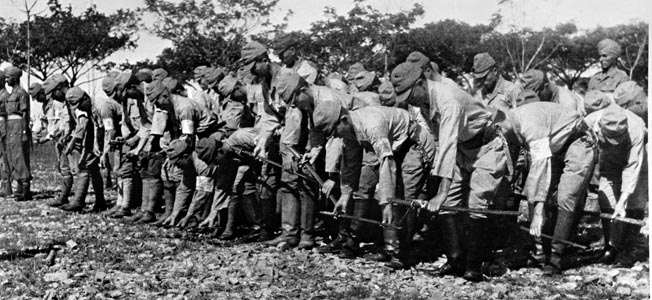
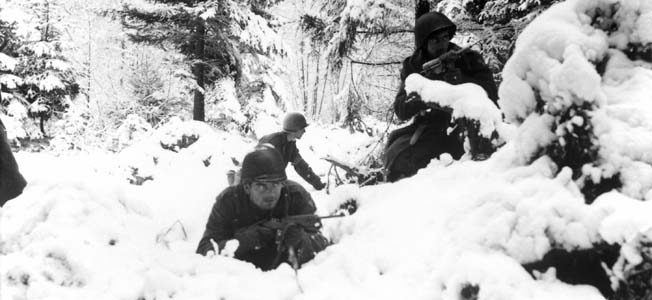
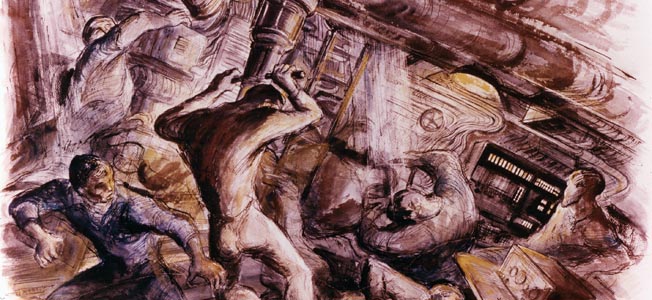
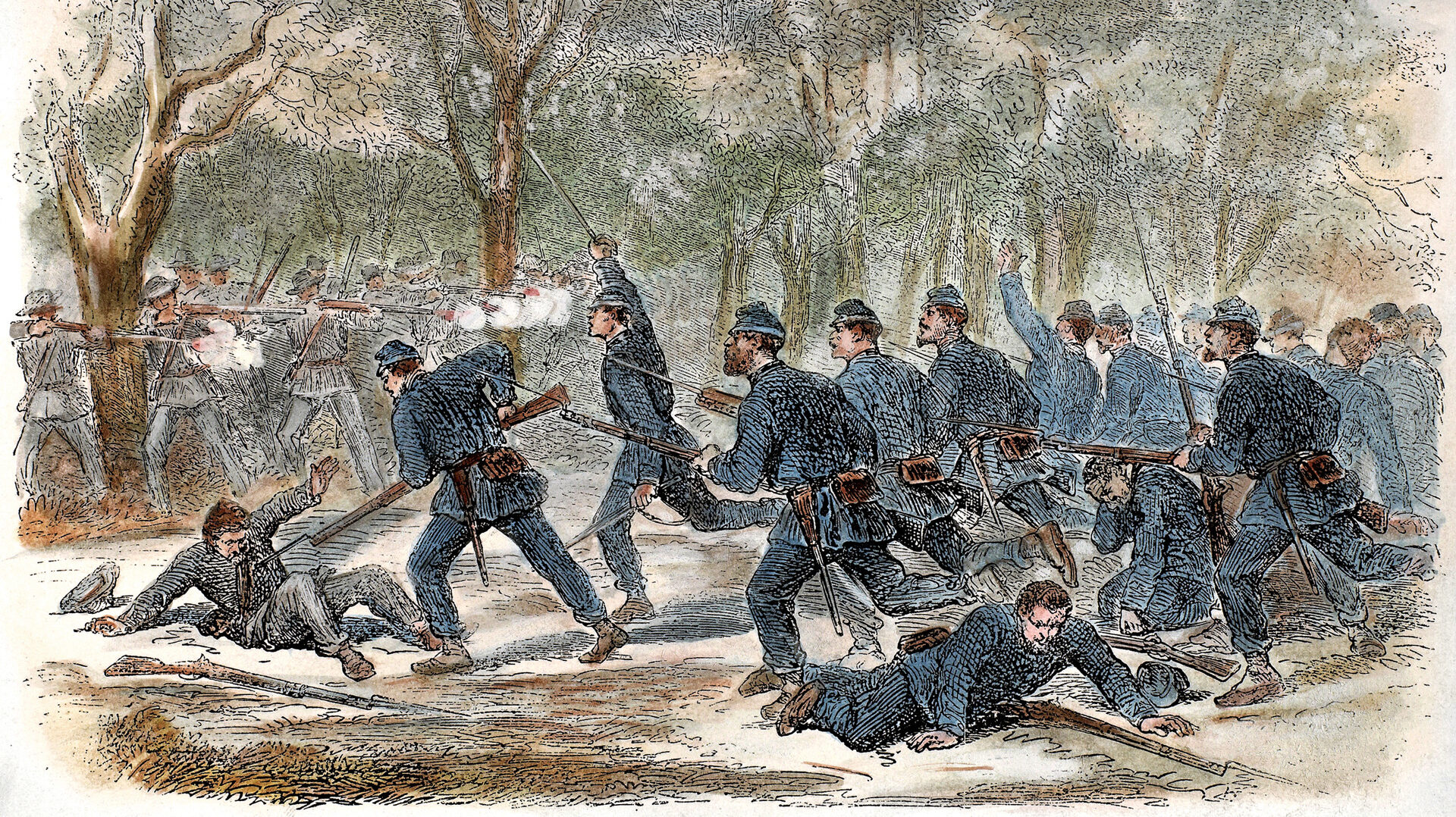
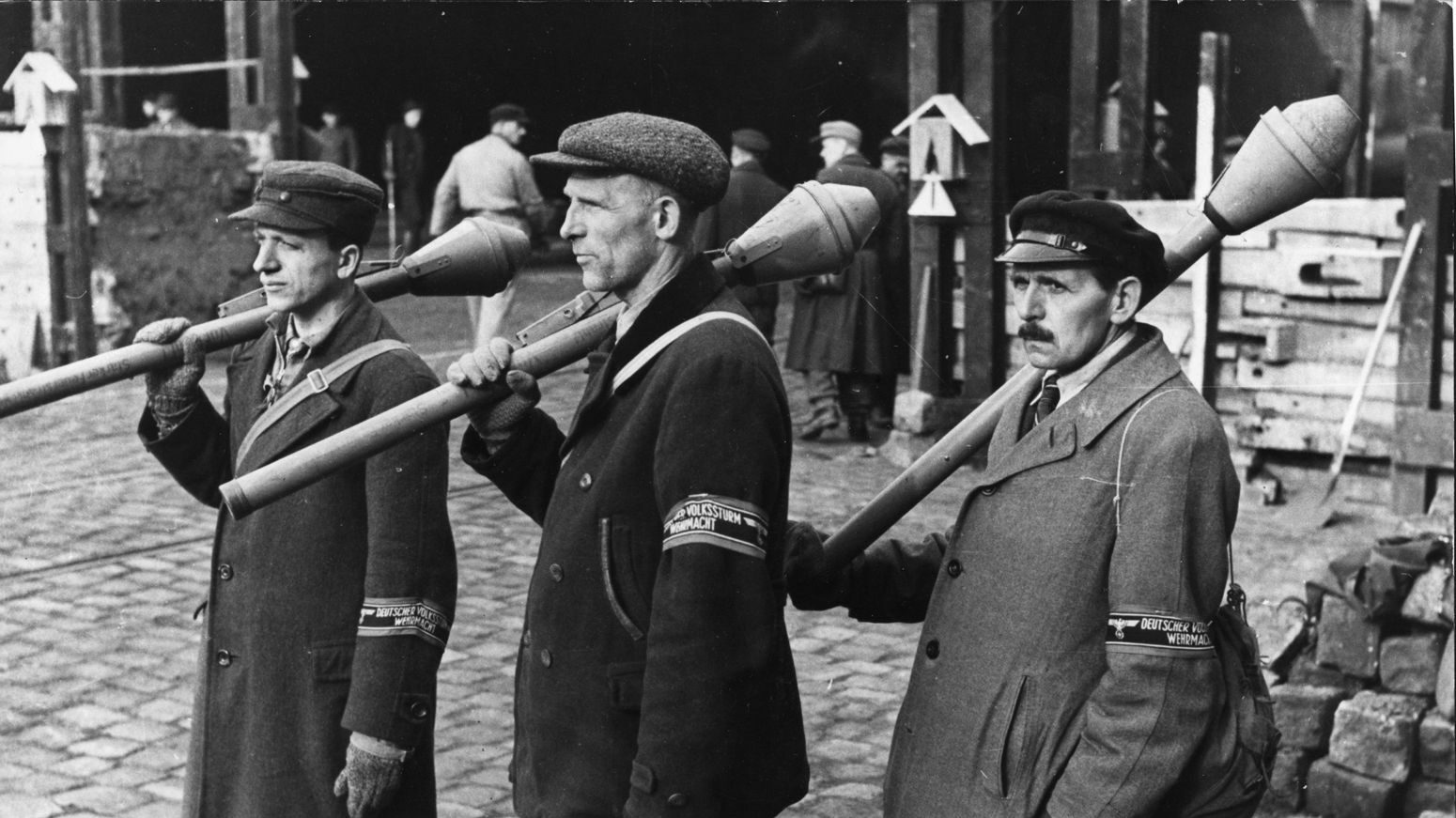
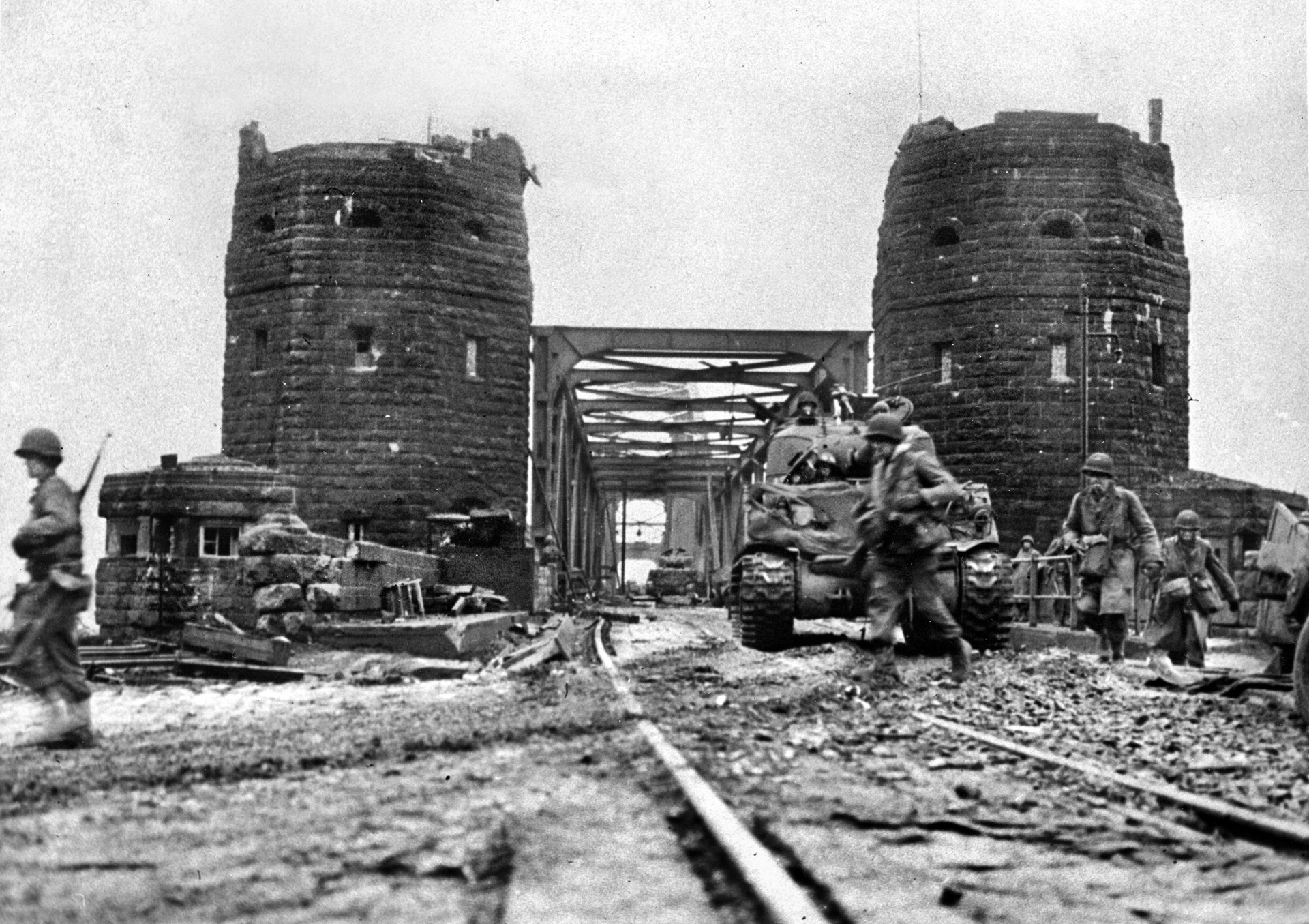
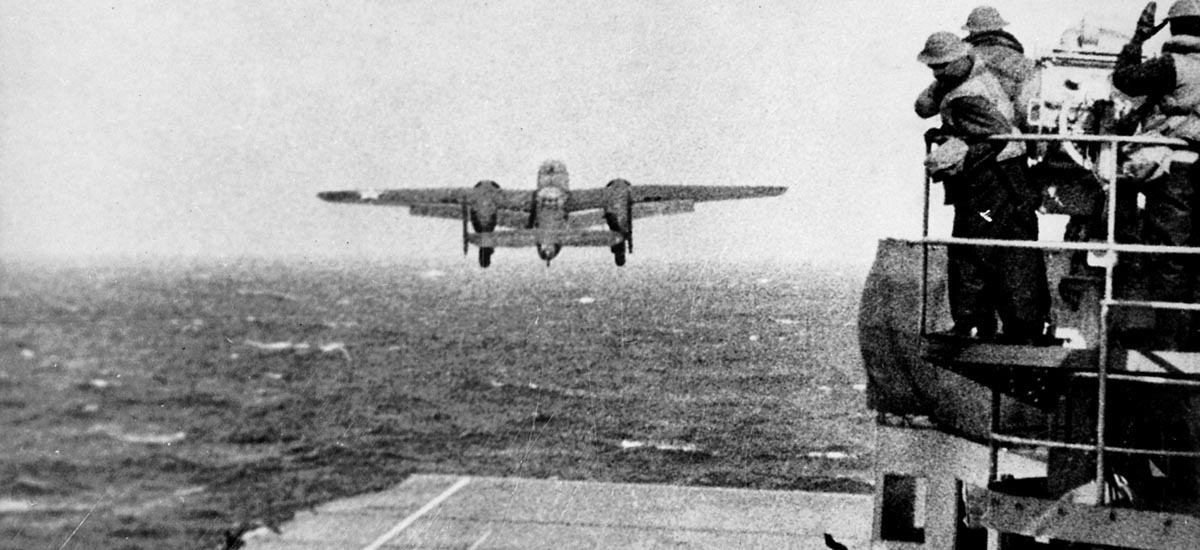
my wife and I visited the cemetery in Normandy during the summer of 2019. I had not known that General McNair was buried there until we happened to walk past his grave. We stopped for a few moments, paid our respects and prayed for his soul. He was a great American
Accoring to Maj. Gen. Ralph Royce’s diary for 26 July 1944, Maj. General William B. Kean also attended McNair’s funeral. Royce states “I went to Lt. gen. McNair funeral at 8:15 [;] also Bradley Hodges Patton Quesada & Kean.”
Lieutenant General Simon Bolivar Buckner Jr. was killed during the closing days of the Battle of Okinawa by enemy artillery fire, making him the highest-ranking United States military officer lost to enemy fire during World War II.
My father, Clair I Wilson, was with the 9th Army Air Corp Bomber Group in WWII. Stationed just north of London, his bomber division flew many missions over France, including the one where Gen McNair was killed. All my life I remember my fathers’ sadness and heavy heart surrounding that mission. His thoughts of Gen McNair never left him, never.